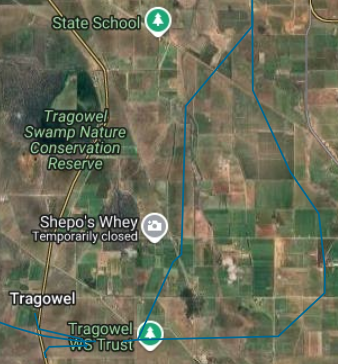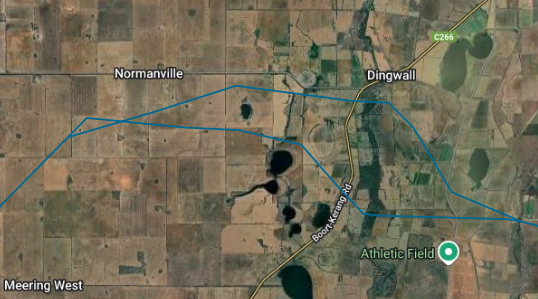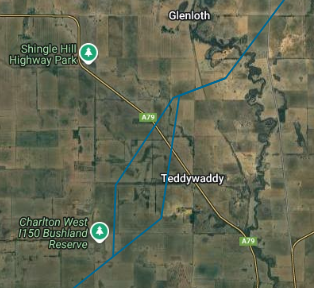The Project Easement for VNI West is approximately 70-metres-wide along most of its 240-kilometre-long route, between the Bulgana terminal station in western Victoria and the New South Wales border, 30 kilometres north of Kerang.
This mid-2025 alignment update for the VNI West Project Easement reflects ongoing planning, design, construction and consultation work in refining a route for this critical transmission infrastructure project.
Project Easement - July 2025
Route Options
In response to feedback from the community, and interest from landholders open to siting transmission infrastructure on their properties, from October 2024 we commenced assessing route options in the Tragowel area. Both options will be considered as part of the Environment Effects Statement (EES) process.

In Meering West, community feedback and ongoing assessments identified sensitive features in the original Draft Corridor — including lakes, wetlands, flora and fauna, and areas of cultural heritage. In response, an additional route option between Meering West and Dingwall has been identified. Given the complexity of the area, both route options will be assessed in the EES.

In the Teddywaddy area, landholders and community members provided the VNI West project team with greater insight into existing environmental, social and cultural conditions that require further investigation.
We recognise the need for additional assessment in Teddywaddy, and the significance of the information shared with us at a community event in November 2024, following the release of the Preferred Easement.
Two route options, an eastern and western route, in the Teddywaddy area will be progressed through the EES assessment process. The additional route option identified will assess the potential for minimising visual and other amenity impacts, while balancing environmental, social and cultural heritage constraints.






